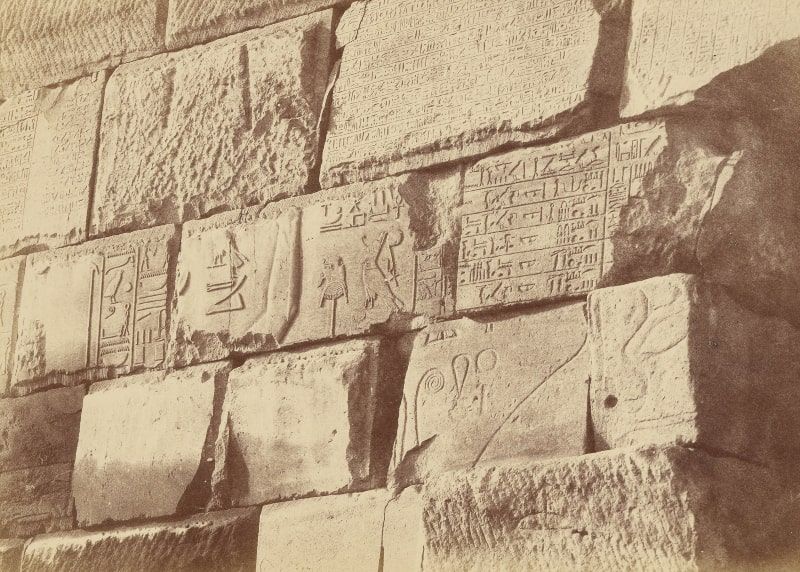Old Calendars and Others Not So Old: A Need to Order Our Lives
Time is, as colloquially said, a whole subject. Here is a glimpse of it, through spaces in which we can think about it: that of the Mesoamericans and the Europeans, the cyclical and the linear, the daily, the one marked by the different calendars, one of each one of us.





